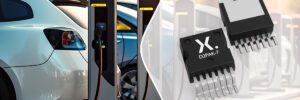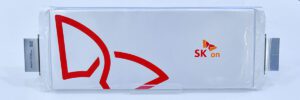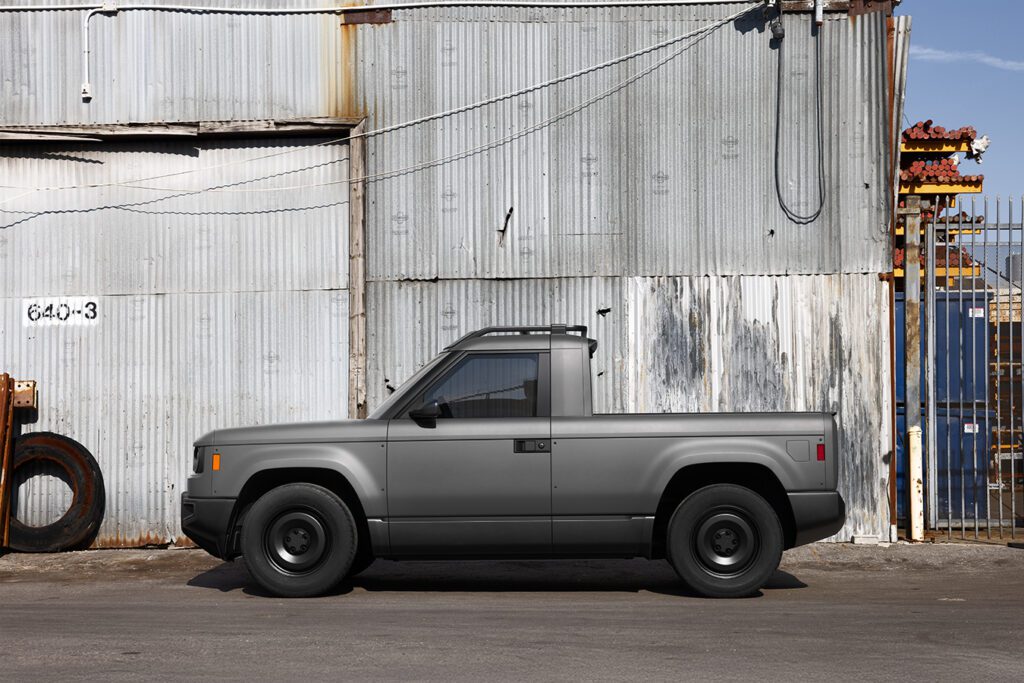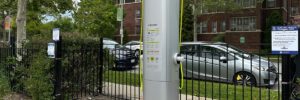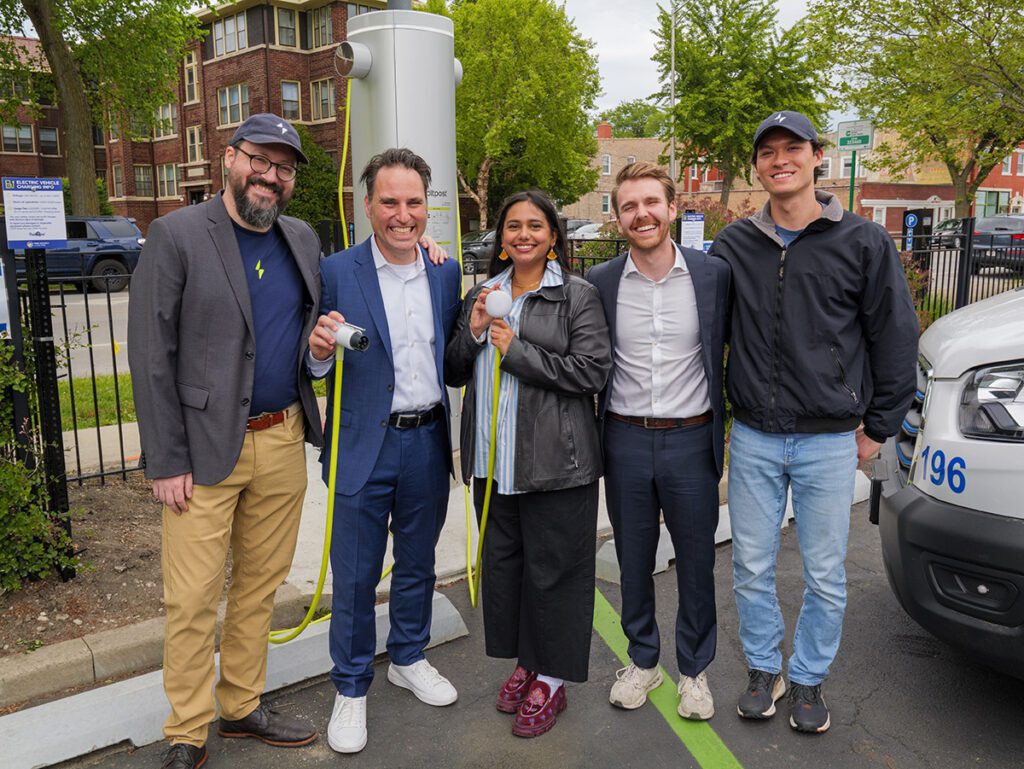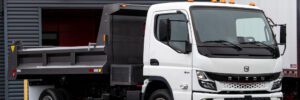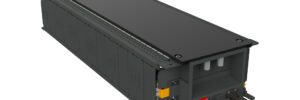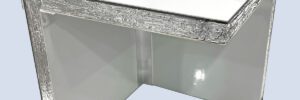Multiple Tesla Model Y electric SUVs were spotted roaming the streets of Austin, Texas in the last couple of days. This would be a normal sight if there wasn’t something unusual about these cars.
These specific vehicles caught the attention of Tesla owners and fans as they housed rooftop equipment. At least two Model Ys were spotted with testing and validation hardware installed on the roof of the vehicles. All this is happening as the hype of Tesla Robotaxi (Cybercab) service launch is nearing in June.
More interestingly, there’s even some variation between this equipment. The new 2nd-gen Model Y Juniper was seen with different rooftop hardware, and the 1st-gen legacy Model Y was spotted with hardware that can easily be labeled as LiDAR (Light Detection and Ranging) equipment.
Tesla (TSLA) testing its Cybercab robotaxi equipment on both the old and new Model Y vehicles makes these sightings even more interesting.
The new redesigned Model Y has a front bumper camera for Autopilot/FSD use. The legacy Model Y lacks this from the bumper camera. With the validation testing on both these generations, Tesla is likely going to use both models for its robotaxi service.
According to Elon Musk, Tesla is going to gradually increase the number of Tesla Robotaxis in Austin and later in San Francisco as Unsupervised FSD proves to be safe enough.
|
Above: A Tesla Model Y spotted with FSD validation hardware in Austin, Texas, before Robotaxi service launch.
Tesla plans to deploy up to 1,000 robotaxis in Austin, Texas. The smaller Tesla Cybercab vehicle is currently not in production. Tesla is going to use the existing mass production or inventory cars for this service initially.
Although the old Model Y does not have a front bumper camera, Tesla has apparently installed cameras in these robotaxi test legacy Model Ys. A user pointed out extra gadgets installed on the front bumper of the legacy Model Y.
To enable unsupervised (without a human in the driver’s seat) robotaxi service with older Teslas, the automaker might have installed extra cameras. Hardware 4 (HW4/AI4) Tesla cars have a redundant camera port in the vehicle’s FSD computer, so the possibility of an additional front camera is not out of the question.
As we reported yesterday, Elon Musk is positive that the Tesla Robotaxi service will start in Austin, Texas in June. However, with potential hurdles in the way, the launch can be delayed till the end of June (2025).
|
Above: An X user points out additional hardware (probably cameras) installed on the front bumper.
===
Featured image: omg_FSD via X (Twitter).
Note: This article was published earlier on Tesla Oracle. Author: Iqtidar Ali.

